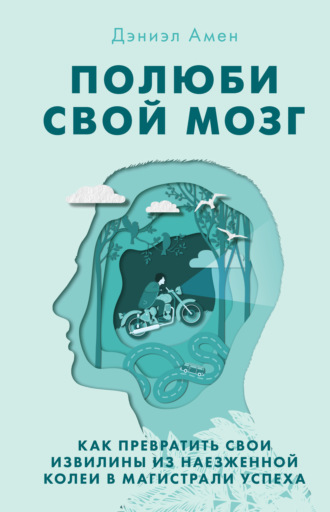Полюби свой мозг

Полная версия
Полюби свой мозг
Жанр: книги по психологиизарубежная психологиясаморазвитие / личностный ростсамосовершенствованиебиологиянейробиологиядолголетиеоздоровительные системыомоложение организмачеловеческий мозг
Язык: Русский
Год издания: 2018
Добавлена:
Настройки чтения
Размер шрифта
Высота строк
Поля
Конец ознакомительного фрагмента
Купить и скачать всю книгу












